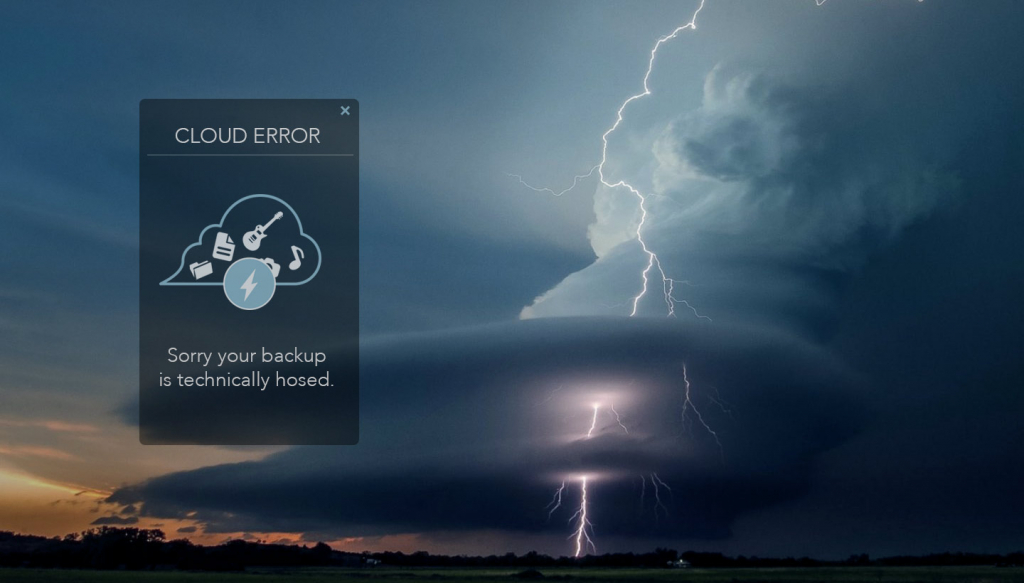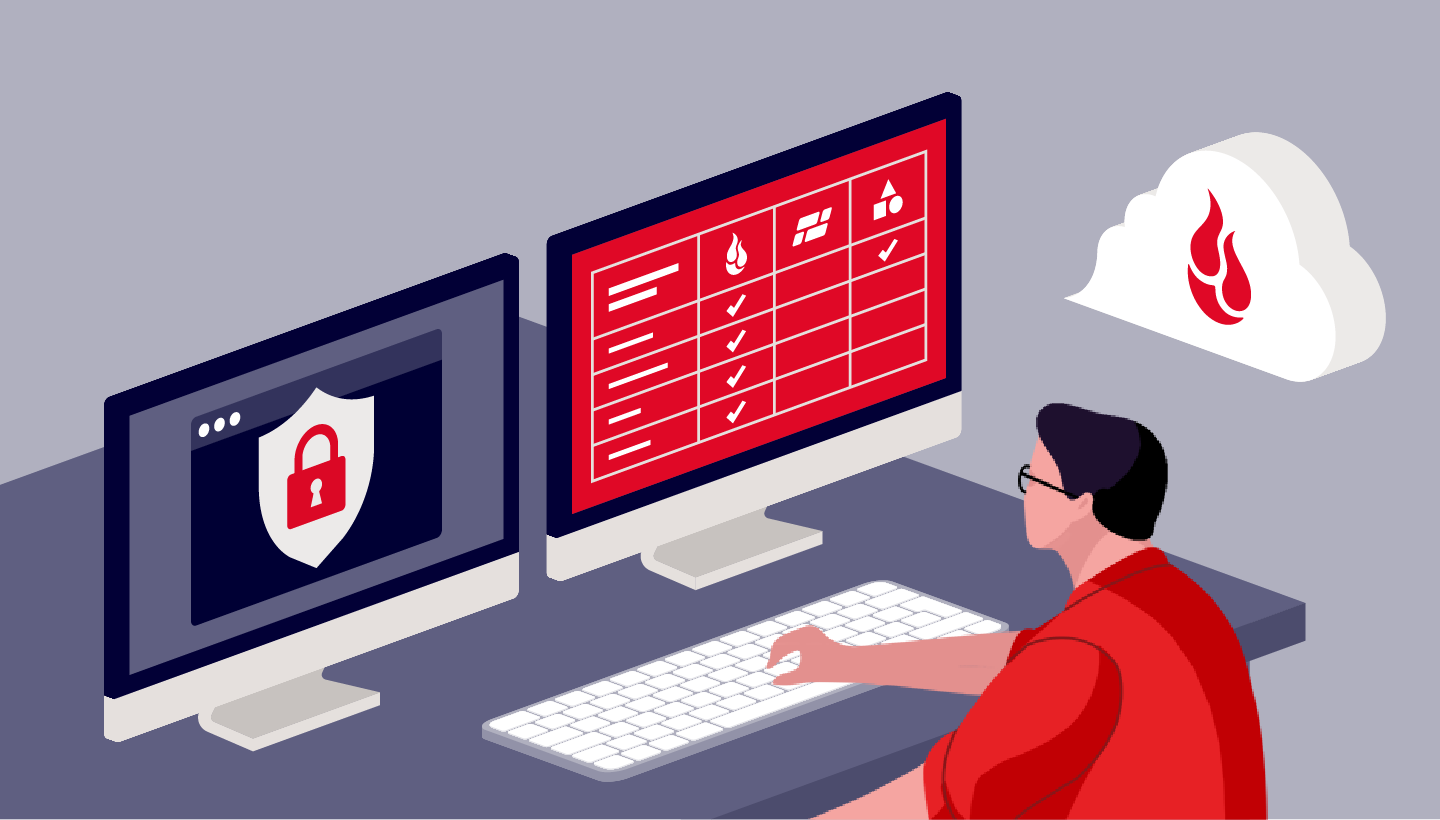Cloud-based storage and file sync services are ubiquitous: Everywhere we turn, new services pop up (and often shut down), promising free or low cost storage of everything and anything on our computers and mobile devices.
When you depend on the cloud, it’s very easy to get lulled into a false sense of security. Don’t. Here are five common mistakes all of us make with cloud backup and sync services. I’ve added suggestions for how to avoid these pitfalls.
Assuming the Cloud Is Backing Things Up
“I have iCloud or Google Drive, so everything’s backed up.”
Some cloud backup and file sync services make it really easy to put files online, but they may not be all the files you need. Don’t just assume the cloud services you use are doing a complete backup of your device—check to see what is actually being backed up. The services you use may only back up specific folders or directories on your computer’s hard drive.
Read this for more info on how Backblaze backs up.
There’s a big difference between file backup services and sync services, by the way. Which brings me to my next point:
Confusing Sync for Backup
“I don’t need backup. I’ve got my files synced.”
Sync services enable you to keep consistent contents between multiple devices—think Dropbox or iCloud Drive, for example. Make one change to the contents of that shared info, and the same thing happens across all devices, including file changes and deletions. Depending on how you have syncing and sharing set up, you can delete a file on one device and have it disappear on all the other shared devices.
I’ve also found it handy to have a backup service that enables you to restore multiple versions. In point of fact, Dropbox lets you restore previous versions. Apple’s Time Machine, built into the Mac, does this, too. So does Backblaze (we keep track of multiple versions up to 30 days). Not to say you shouldn’t use Dropbox; we do! We wrote about how we are complimentary services.
Thinking One Backup Is Enough
“Hey, I’m backing up to the cloud. That’s better than nothing, right?”
It’s better than nothing but it’s not enough. You want a local backup too. That’s why I recommend a 3-2-1 backup strategy. In addition to the “live” copy of the data on your hard drive, make sure you have a local backup, and use the cloud for off-site storage. Likewise, if you’re only storing data on a local backup, you’re putting all your eggs in that basket. Add off-site backup to complete your backup strategy. Conversely, if you only store your data in the cloud, you’re susceptible to those services being down as well. So having a local copy can keep you productive even if your favorite service is temporarily down.
Leaving Things Insecure
“I’m not backing up anything important enough for hackers to bother with.”
With identity theft on the rise, the security of all of your data online should be paramount. Strong encryption is important, so make sure it’s supported by the services you depend on.
Even if a bad actor doesn’t want your data, they still may want your computer for nefarious purposes, like driving a botnet used to launch a distributed denial of service (DDoS) attack. That’s exactly what recently happened to Dyn, a company that provides core internet services for other popular internet services like Twitter and Spotify.
Make sure to protect your computer with strong passwords, practice safe surfing, and keep your computer updated with the latest software. Also check periodically for malware and get rid of it when you find it.
Thinking That It’s Taken Care Of
“I have a backup strategy in place, so I don’t have to think about it anymore.”
I think it’s wise to observe an old aphorism: “Trust but verify.”
There’s absolutely nothing wrong with developing an automated backup strategy. But it’s vitally important to periodically test your backups to make sure they’re doing what they’re supposed to.
You should test your most important, mission-critical data first. Tax returns? Important legal documents? Irreplaceable baby pictures? Make sure the files that are important to you are retrievable and intact by actually trying to recover them. Find out more about how to test your backup.
Backblaze too. Test all your backups—we even recommend it in our Best Practices.
Got more cloud backup myths to bust? Share them with me in the comments!





